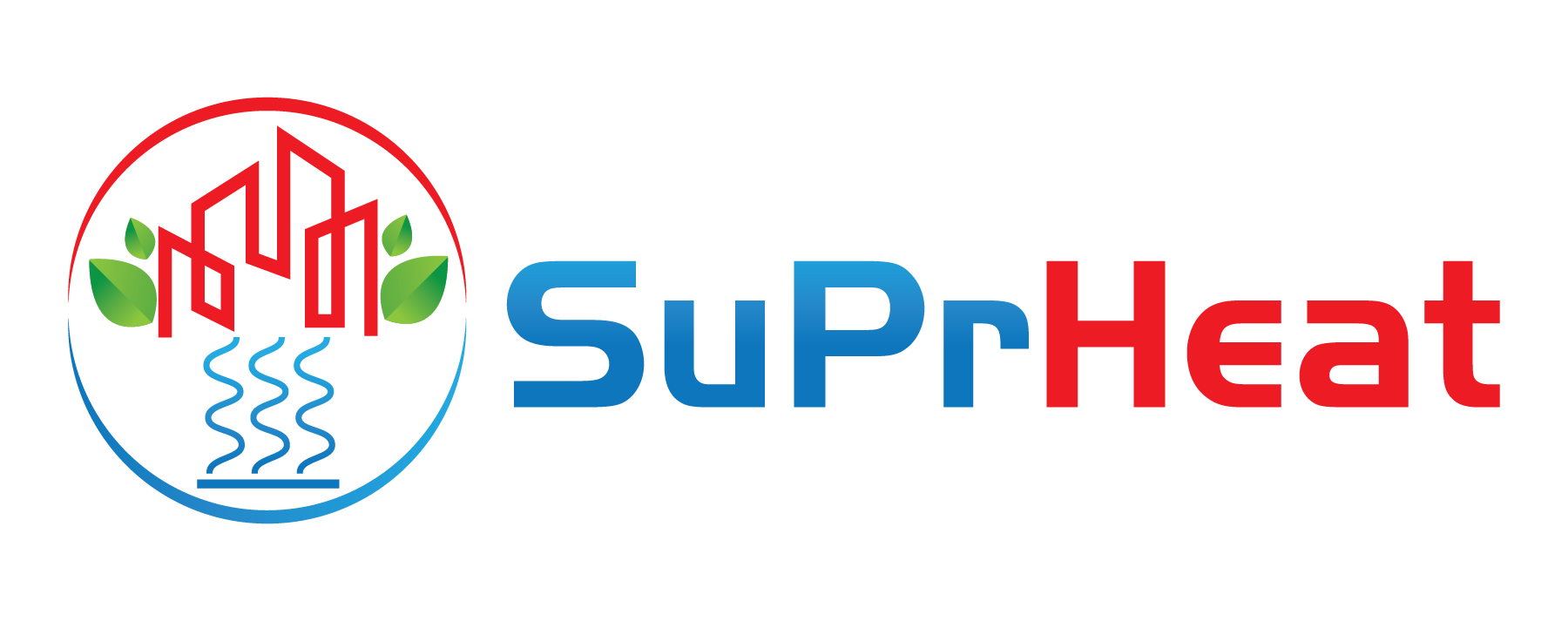
Competitiveness of HTHPs
Heat pumps are the most effective technology for electricity-based supply of process heat while being an economically competitive solution in a variety of applications.
Competitiveness of heat pumps
Heat pumps are a key technology in the transition towards sustainable energy systems. They are able to provide electricity-based process heat at the highest efficiencies. Thereby, they contribute to the electrification and decarbonization of industrial process heat supply - helping end-users to achieve their climate targets while being economically competitive.
Under technology-independent boundary conditions, heat pumps are able to provide heat at the lowest cost of heat, which makes them the preferred choice for future-oriented, sustainable industries. They are reaching the highest performances at moderate temperature levels, while the performances are decreasing for higher supply temperatures. However, with respect to current developments of costs for electricity and the combustion-based alternatives, it becomes apparent that heat pumps are competitive at temperatures far above the temperatures at which they are being used today. While it is possible to provide process heat at up to 100 °C, it may be expected that they are competitive at temperatures of up to 200 °C and higher - depending on the boundary conditions and availability of the heat sources.
Trends in economic boundary conditions and regulations
Irrespective of the technological developments, it is often the economic boundary conditions that are dominating the economic competitiveness. In this respect, it may be noted that the price for fossil fuels including the cost for the associated emissions will be increasing. This development will be ensured by regulations focusing on the CO2 emissions, and it is expected to make the use of fossil fuels economically unattractive, despite the currently low prices for oil and gas.
The development of cost of electricity from renewables is in turn linked to technological developments and is independent of the international market developments for fossil fuels. This gives end-users a higher independence and security in planning - last, but not least, through the possibility to acquire own renewables (e.g., wind turbines or PV).
All in all, it may be expected that the economic boundary conditions are developing towards being more beneficial for heat pump-based solutions. For Denmark, a long term strategy for reaching the climate ambitions of decreasing the CO2 emissions by 70 % by 2030 has recently been adopted by the government. The "Agreement for Energy and Industry 2020" highlights the focus on sustainable solutions, such as electrification and increasing energy efficiency - both core competences of electrically-driven heat pumps - and lays the foundation for implementing respective regulative measures.
Technological developments
Besides a proper integration and utilization of the heat pumps, there is an additional potential in using cost-effective equipment. Within the SuPrHeat project, two approaches are followed to keep the investment cost of components as low as possible.
Firstly, existing promising equipment is modified and reused to a large extent. This ensures a proper utilization of the existing knowledge with the technology and enables the benefit from existing production infrastructures. An example of this approach is the adoption of compressors from refrigeration applications, to make them suitable for operation at higher temperatures. The modification process will involve a modification of the compressors itself as well as the utilization of novel lubricants.
Secondly, novel design approaches are followed with a clear focus on cost-effectiveness and performance. The development of steam compressors are another example of this approach. Within the project, both a turbo compressor and a spindle compressor are considered. Both technologies are new developments based on a modular approach using cost-effective components.
In summary, it may be expected that both the trends in the economic boundary conditions as well as the technological developments are increasing the competitiveness of heat pumps in the future, which in turn allows the extension of the range of applications to higher supply temperatures.
